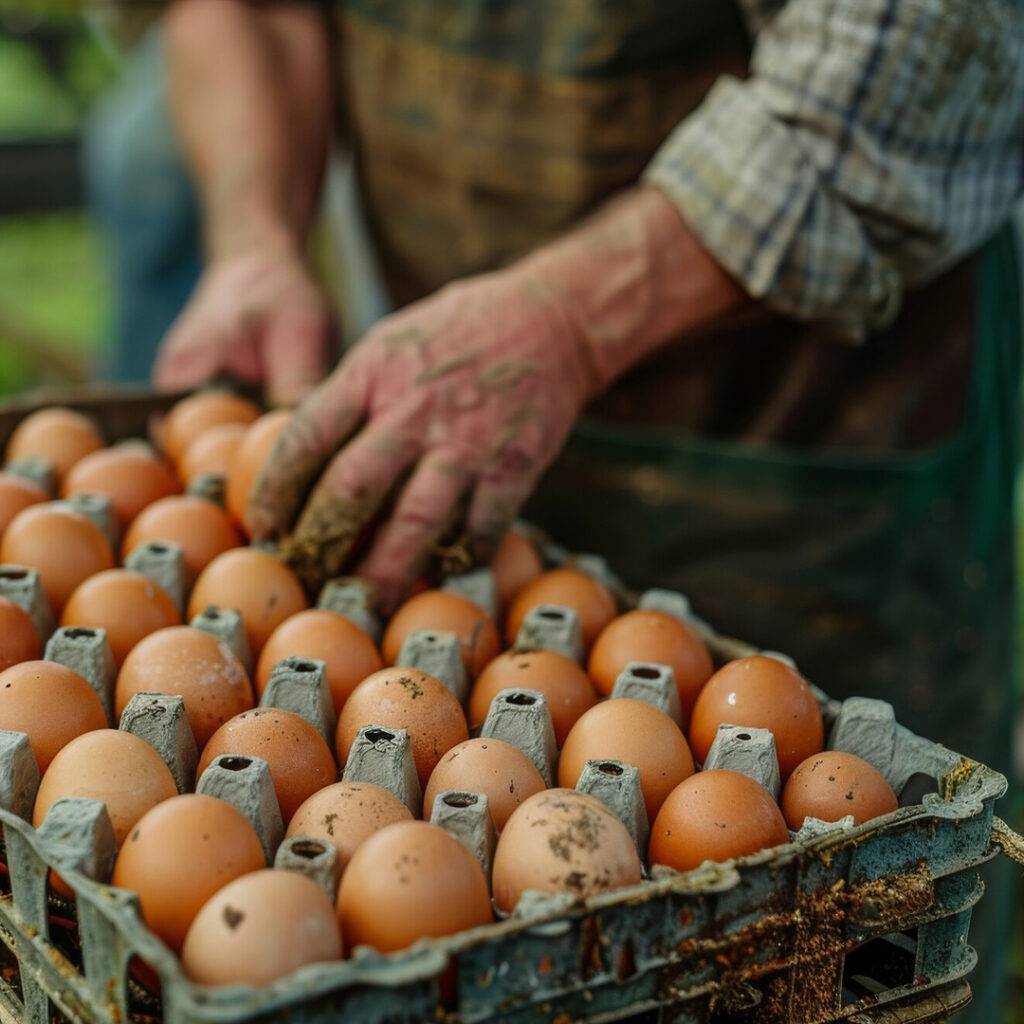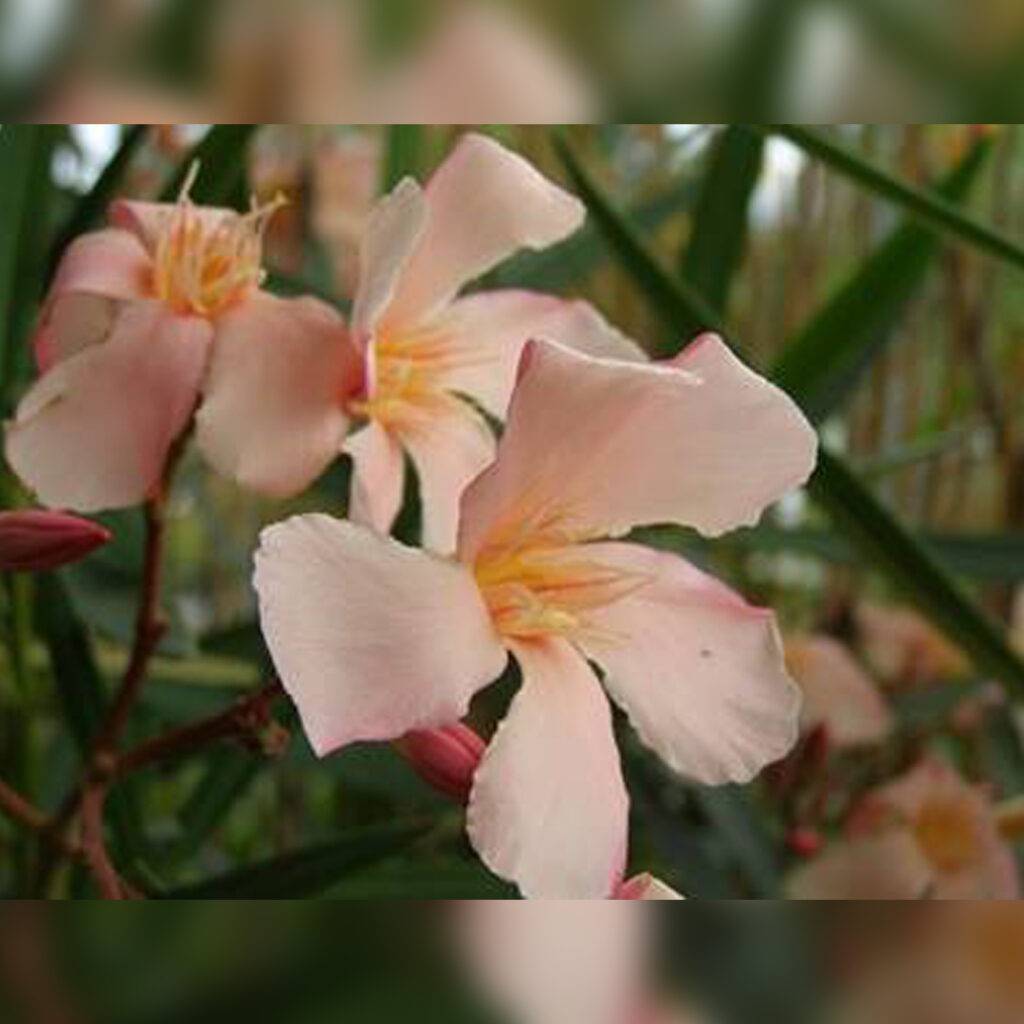Summer is the perfect season to sample the fare and flavours at your local farm shop, not only are you shopping local and supporting homegrown growers but you’ll be helping the environment too
Farm shops are a feast for the senses from the fashion show of fruit and veg, succulent juicy meat, richly flavoured cheese and bread so fresh you can smell it as you walk through the door, what’s not to love!
Add in the high-quality fare is locally produced, often right on the doorstep, and you’re helping to protect the environment, boast personal service and by shopping there you are supporting local small businesses and everyone’s a winner.
Farm shops help produce a strong sense of community with many offering pick your own options, delis and cafes to enjoy on site and with produce available at local farmers’ markets shopping for healthy and nutritious food has never been easier.
The family-run business at Dunnocks Farm Shop & Deli, Whipley Manor Farm, Palmers Cross, Bramley GU5 0LL, goes out of its way to support small, independent producers. The array of British made products even includes Good Taste award crisps! Find organic and vegan produce, local meats, cheeses, gift hampers, condiments, ready-to-bake pastries, pasta, rice and eco-friendly bio cleaning products. And they’ll deliver locally too.
Fresh free range eggs and local honey, homemade jams, chutneys and pickles are just some of the produce to tempt you into Elm Nursery, Sutton Green Road, Guildford GU4 7QD, where you’ll also enjoy a wide range of gifts, treats, children’s presents, foodie treats, cards and more! Where else could you pick up produce from The Garlic Farm in the Isle of Wight and luxury wool alpaca socks as well as a selection of cakes, snacks and delicious Marshfields ice cream?
If the thought of taking home freshly cooked bread while it’s still warm has you salivating, then drop into Frensham Garden Centre Farm Shop, The Reeds Road, Frensham GU10 3BP, where you’ll also find locally sourced jams and preserves to spread lavishly on top. There are more than 20 flavours of delicious pie which along with Scotch eggs, sausage rolls, samosas, and much more should ensure something for every palate. Need a drink to go with it? Try one of the many wines and ales. It doesn’t get more local than the award-winning Hogs Back T.E.A Ale. All you need for the perfect picnic.
“Our fruit and vegetables are carefully selected from the most local quality growers we can find. Our meat, fish, eggs and dairy meet strict sustainability and animal welfare standards. Our breads, pies, quiches and cakes are locally baked and are absolutely delicious,” says Noel of Noel’s Farm Shop, Sutton Green, Woking GU4 7QB. The shop also offers an increased range of vegan, vegetarian and gluten free options and you can take along your own containers for sustainable refills too. Order online and collect or take advantage of delivery.
Ripley Farm Shop in Portsmouth Road GU23 6EY offers products from local businesses, fresh seasonal vegetables and fruit, handmade traditional pasties and quiches from their West Sussex farm, dairy products such as cottage cheese, and other locally-sourced products. Pop into the garden centre for plants while visiting.
‘One of the best gourmet food destinations in the region’ is an accolade held by Secretts of Milford at Hurst Farm, Chapel Lane, Milford GU8 5HU for its gourmet and everyday foods and ingredients, many locally sourced. They are known as one of the leading vegetable and salad crop growers in Surrey and supply many of the area’s leading restaurants. Choose from more than 300 cheeses (heaven) and the craft gin and beer selection are also a hit. With an onsite butchers, tea room, English wine merchant and ethical clothing and gift shop, extensive grounds perfect for summer picnics and leisurely strolls as well as pick your own, it’s a fabulous day out.
Pop in for one thing at Applegarth Farm, Headley Road, Grayshott, GU26 6JL and you’ll leave with a shopping bag full of delights from the deli – there’s charcuterie, sausage rolls, antipasto, salads and a range of other tasty treats ready for you to enjoy at home. An ‘extended family’ of artisan suppliers and producers brings some of the freshest produce with cheeses from independent makers, home-made cakes, sweets, artisan breads, chutneys, jams and more.
Healthy fresh produce is grown on the 200-acre family-owned farm in Kingsley, Bordon GU35 0QP, where at the Country Market, Malthouse & Osborne Farms you’ll be surrounded by specialist fine foods and eco essentials. The multiple award-winning Owtons Butchery, freshly baked handmade breads and cakes from the artisan Good Taste Bakery, the best independent wines from The General Wine Company and of course, local produce, all make up the fine fare to shop.
The shop at Durleighmarsh is at the heart of the farm providing seasonal freshly picked fruit and vegetables direct from their crops in Petersfield GU31 5AX alongside a wide range of delicious goods from local producers. Fresh bread and pastries, meat and fish, alcoholic beverages, fruit juices and so much more are stocked and at this time of year look out for hand-picked seasonal produce, in particular the extremely popular asparagus and strawberries.
If Luff’s Farm Shop don’t grow the fruit and vegetables themselves at Headley, Bordon GU35 0PB, they buy from carefully chosen suppliers to ensure they can offer everything from potatoes and parsnips to carrots, cabbages and more, all fresh and full of flavour. Crisp apples, juicy peaches, sweet berries and zesty citrus fruits line the shelves.
Fill your own milk bottles from the milk vending machine at Sky Park Farm, West Harting, Petersfield GU31 5PT, where you can even add your own milkshake flavour. The milk comes from a dairy herd grazing across the road so you can’t get much fresher. Many of their suppliers are located within a 30-mile radius so why not take home some deli meats, cheeses and dishes freshly prepared in the kitchen. Frozen meals are also available, all ‘made in our kitchen’.
Just over 90 per cent of sales at West Lea Farm Shop, Ladycroft, Alresford SO24 0QS are sourced from producers within a few miles of the family run shop, from the smallest grower of runner beans to much larger local businesses squishing apples into a whole range of juices. In addition to watercress beds, there are veg, flowers, freshly baked bread, candles, chocolates and trout to enjoy too. West Lea Farm Shop has recently been crowned Champion in the regional Countryside Alliance Awards in the South East of England, thanks to customers’ votes. As we went to press they were awaiting their fate in the grand final.
Find more shops near you and if you’re elsewhere on holiday this summer check out those locally at fabulousfarmshops.co.uk

























